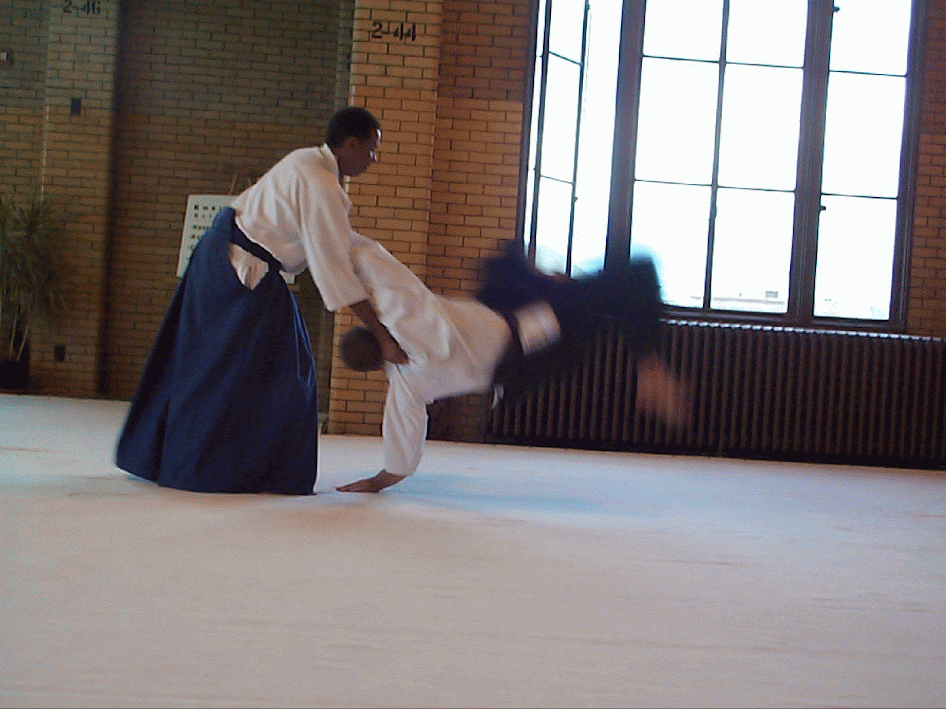| What is Misogi? |
At Kokikai we have many train. On Dec 19th Newtown
dojo will hold an open Solstice Misogi session.
Misogi (purification) Geiko (training) is a form of training also known as SOKUSHIN NO GYO (voice mind coordination) in which the group, seated in seiza (kneeling) or agura (cross legged) shouts 8 syllables (TO HO KA MI EI MI TA ME) with KIAI in time with ringing of bells to train mind and body coordination. Leaders robustly encourage participants to chant loudly. Some Ken (sword) and Jo (stick) exercise with kiai is usually included. Historically, misogi is a special practice of traditional Japanese martial arts, often held to mark the change of seasons, new year, or events that called for special preparation.
View or comment on Leon Brooks's post »
Google+ makes sharing on the web more like sharing in real life. Learn more.
Join Google+ |
| You received this message because Leon Brooks shared it with leonsensei.akdv@blogger.com. Unsubscribe from these emails. You can't reply to this email. View the post to add a comment. Google Inc., 1600 Amphitheatre Pkwy, Mountain View, CA 94043 USA |  |




